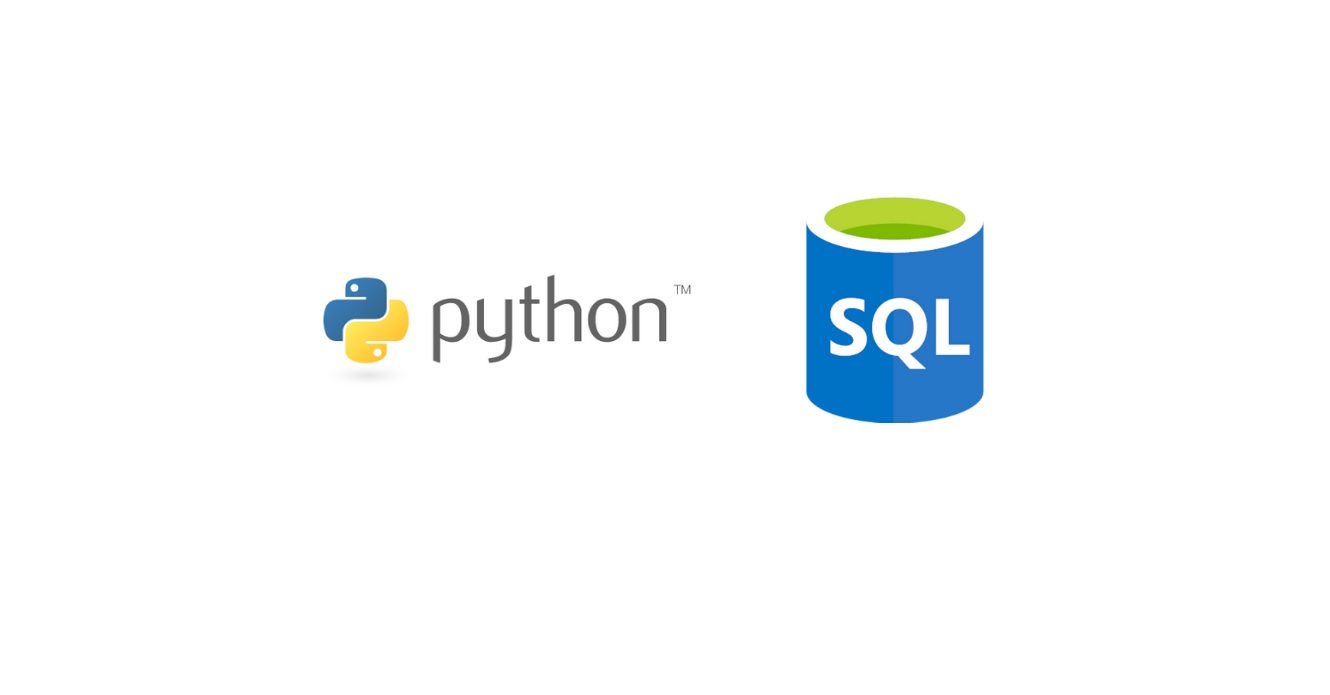As the popularity of data-driven applications continues to grow, it’s essential for developers to understand how to work with various databases using their preferred programming language.
Python, known for its simplicity and readability, is an excellent choice for database management tasks. In this article, we’ll dive deep into the world of databases, exploring how Python can be used to interact with both SQL and NoSQL databases.
We’ll discuss popular libraries and provide code samples to help you get started.
Let’s jump right in! 😃
SQL vs. NoSQL Databases: A Quick Comparison
SQL databases are the traditional choice for many applications, utilizing Structured Query Language (SQL) for data definition and manipulation.
They rely on schema and table structures, ensuring data consistency and integrity through ACID (Atomicity, Consistency, Isolation, Durability) properties. Some popular SQL databases include MySQL, PostgreSQL, and SQLite.
On the other hand, NoSQL databases offer more flexibility and scalability, often at the expense of strict consistency guarantees.
They don’t require a fixed schema and come in various forms like document, key-value, column-family, and graph databases. Examples of NoSQL databases include MongoDB, Cassandra, and Redis.
Python Libraries for SQL Databases
Python offers several libraries for working with SQL databases. Let’s explore a few popular ones with code samples.
a. SQLite
SQLite is a lightweight, serverless, self-contained SQL database engine that’s perfect for small applications or as an embedded database.
Python’s built-in sqlite3 module allows you to work with SQLite databases easily.
Creating a SQLite database and a table:
import sqlite3
conn = sqlite3.connect("example.db")
cursor = conn.cursor()
cursor.execute("""
CREATE TABLE IF NOT EXISTS users (
id INTEGER PRIMARY KEY,
name TEXT NOT NULL,
age INTEGER
)
""")
conn.commit()
conn.close()
b. MySQL
MySQL is a widely-used, open-source SQL database management system. To work with MySQL in Python, you’ll need the mysql-connector-python library.
Creating a MySQL database and a table:
import mysql.connector
config = {
"user": "root",
"password": "password",
"host": "localhost"
}
conn = mysql.connector.connect(**config)
cursor = conn.cursor()
cursor.execute("CREATE DATABASE IF NOT EXISTS example")
cursor.execute("USE example")
cursor.execute("""
CREATE TABLE IF NOT EXISTS users (
id INT AUTO_INCREMENT PRIMARY KEY,
name VARCHAR(255) NOT NULL,
age INT
)
""")
conn.commit()
conn.close()
c. PostgreSQL
PostgreSQL is an advanced, open-source SQL database management system. To interact with PostgreSQL databases in Python, use the psycopg2 library.
Creating a PostgreSQL database and a table:
import psycopg2
config = {
"user": "postgres",
"password": "password",
"host": "localhost",
"dbname": "example"
}
conn = psycopg2.connect(**config)
cursor = conn.cursor()
cursor.execute("""
CREATE TABLE IF NOT EXISTS users (
id SERIAL PRIMARY KEY,
name VARCHAR(255) NOT NULL,
age INT
)
""")
conn.commit()
conn.close()
Python Libraries for NoSQL Databases
Python also offers a variety of libraries for working with NoSQL databases. Let’s explore some popular options with code samples.
a. MongoDB
MongoDB is a widely-used, document-oriented NoSQL database. The `pymongo` library provides an interface for working with MongoDB in Python.
Connecting to a MongoDB server and creating a collection:
from pymongo import MongoClient
client = MongoClient("mongodb://localhost:27017/")
db = client["example"]
users = db["users"]
# Insert a document into the 'users' collection
user = {"name": "John Doe", "age": 30}
result = users.insert_one(user)
print(f"Inserted user with ID: {result.inserted_id}")b. Cassandra
Cassandra is a highly-scalable, column-family NoSQL database. To work with Cassandra in Python, you’ll need the cassandra-driver library.
Connecting to a Cassandra cluster and creating a table:
from cassandra.cluster import Cluster
from cassandra.query import SimpleStatement
cluster = Cluster(["localhost"])
session = cluster.connect()
session.execute("CREATE KEYSPACE IF NOT EXISTS example WITH replication = {'class': 'SimpleStrategy', 'replication_factor': 1}")
session.set_keyspace("example")
create_table_query = """
CREATE TABLE IF NOT EXISTS users (
id UUID PRIMARY KEY,
name TEXT,
age INT
)
"""
session.execute(SimpleStatement(create_table_query))
c. Redis
Redis is a high-performance, in-memory key-value store that can also be used as a NoSQL database. Use the redis library to work with Redis in Python.
Connecting to a Redis server and setting a key-value pair:
import redis
r = redis.StrictRedis(host="localhost", port=6379, db=0)
# Set a key-value pair in Redis
r.set("name", "John Doe")
print("Set key 'name' with value 'John Doe'")
Best Practices for Working with Python and Databases
- Use connection pooling to manage database connections efficiently and reduce the overhead of creating and closing connections repeatedly.
- Utilize prepared statements or parameterized queries to prevent SQL injection attacks.
- Close connections and cursors after use to free up resources.
- Use transactions to ensure data consistency and integrity.
- Implement proper error handling and logging to catch and diagnose issues.
- Optimize queries and indexes to improve database performance.
- Regularly backup your data to prevent data loss.
Summary
Python provides a wide range of libraries for working with both SQL and NoSQL databases, making it a versatile choice for managing and interacting with data.
In this article, we’ve explored popular libraries for SQL databases like SQLite, MySQL, and PostgreSQL, and for NoSQL databases like MongoDB, Cassandra, and Redis.
We’ve also discussed best practices to ensure efficiency and security. Armed with this knowledge, you’re now ready to dive into the world of Python and databases.
Happy coding! 😊
Thank you for reading our blog, we hope you found the information provided helpful and informative. We invite you to follow and share this blog with your colleagues and friends if you found it useful.
Share your thoughts and ideas in the comments below. To get in touch with us, please send an email to dataspaceconsulting@gmail.com or contactus@dataspacein.com.
You can also visit our website – DataspaceAI


